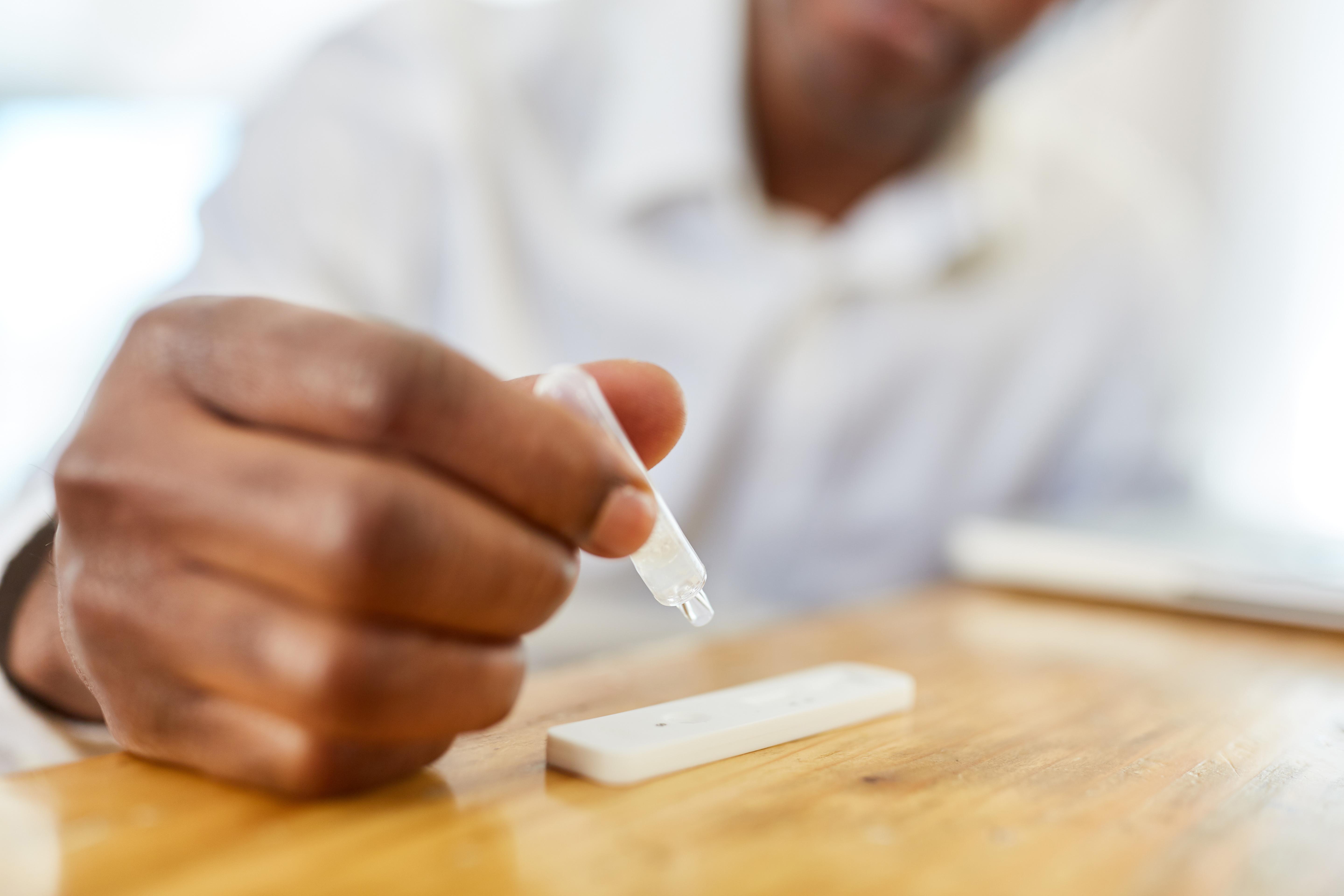Sperm health uncovered: what your sperm's story tells you about fertility
- Date:
- 18/08/2025
- Author:
- Ellie Jones

Ever wondered what's truly going on behind the scenes when it comes to fertility? It’s a complex and often emotional journey, especially for those who are trying to conceive. For men, sperm play a crucial role in that story.
Far from just being a number, sperm health involves a mixture of concentration, movement, and even shape.
Understanding these factors can offer helpful insights and clarity during what can feel like an uncertain time. This blog post will dive into what your sperm's story tells you about fertility, demystifying the key characteristics of sperm health, and exploring how you can gain valuable insights from home.
The foundations of sperm health: more than just a number
When we talk about sperm health, we're looking at several crucial characteristics. Think of it like a well-coordinated team where each member needs to be present, capable, and ready for their role.
Sperm concentration: the power in numbers
When you hear about sperm count, what’s being referred to is sperm concentration. This measures the number of sperm present in a specific volume of seminal fluid. It's often reported as millions of sperm per millilitre (million/mL).
A healthy sperm concentration is important because it increases the chances of at least one sperm reaching and fertilising an egg. While a higher concentration generally correlates with better fertility potential as opposed to a lower sperm count, it’s just one piece of the puzzle. Even with a good count, if the sperm aren't moving well or aren't shaped correctly, the journey can still be challenging.
Sperm motility: the journey to conception
To better understand the process, imagine a bustling highway where every vehicle needs to move efficiently to reach its destination. Sperm motility refers to the ability of sperm to move actively and purposefully. It’s not enough for sperm to just be present; they need to be strong swimmers to navigate the female reproductive tract and reach the egg.
Motility is typically assessed in two ways:
- Progressive Motility: These are the strong swimmers, moving in a straight line or large circles, making effective forward progress.
- Non-Progressive Motility: These sperm move, but they don't get very far (e.g., they might twitch in place or move in very small circles), indicating less effective movement.
Good progressive motility is a key indicator of sperm health, as it directly impacts the sperm's ability to complete their vital journey.
Sperm morphology: the perfect shape for success
Sperm morphology refers to the size and shape of sperm. Think of it like a key fitting perfectly into a lock. A sperm with the right head, midpiece, and tail structure is better equipped to penetrate and fertilise an egg.
Sperm are microscopically small, yet their shape is incredibly important for their function. A typical healthy sperm has:
- An oval head: Containing the genetic material.
- A well-defined midpiece: Providing the energy for movement.
- A long, flexible tail: Propelling the sperm forward.
It’s completely normal for a significant percentage of sperm to have abnormal shapes. What matters is the percentage of sperm that have a normal, optimal shape. If a very low percentage of sperm have the correct morphology, it might indicate a reduced ability to fertilise an egg. However, it's also important to remember that even a small percentage of perfectly shaped sperm can lead to conception.
What might affect sperm health? Understanding the factors

Many factors can influence sperm health, including sperm count, motility, and morphology. Understanding these influences can empower you to make informed lifestyle choices.
Some common factors that can influence sperm health, and potentially contribute to causes of low sperm count, include:
- Lifestyle Choices: Smoking, excessive alcohol consumption, recreational drug use, or an unbalanced diet.
- Environmental Factors: Exposure to certain chemicals, toxins, or even prolonged heat (e.g., from hot baths, saunas, or tight clothing).
- Medical Conditions: Underlying health issues like infections, hormonal imbalances, varicocele (enlarged veins in the scrotum), or certain chronic illnesses.
- Medications: Some prescription or over-the-counter medications can temporarily affect sperm production or quality.
- Age: While men can produce sperm throughout their lives, sperm quality can gradually decline with increasing age.
It's important to remember that making positive changes often takes time to show results, as sperm production is a continuous cycle. Focusing on a healthy lifestyle can be a powerful way to support your body's natural processes.
Taking charge: your path to understanding sperm health
The journey to conception, for many, can often feel like a complex and deeply personal path, sometimes bringing unexpected challenges. But in those moments, understanding your own health can truly make the journey feel much more manageable, and even bring a sense of calm. And that's where self-testing can play such a pivotal role.
It’s about gaining valuable insights into your body's unique story, gently and privately.
The convenience of a male fertility test at home
For couples keen to explore this aspect of their fertility journey, an at-home sperm test kit offers a reliable and straightforward solution. This type of test is designed to provide clear insights into your sperm count and offer a preliminary look at overall sperm health.
Here's why an at-home test can be a great first step:
- Privacy: Get initial insights in the comfort of your own home, without the need for clinic visits.
- Convenience: Test on your schedule, fitting easily into your routine.
- Accessibility: Simple to use, providing results without specialised lab equipment.
- Early Information: Gain a preliminary understanding quickly to guide next steps.
While an at-home test provides a snapshot of your sperm count and general health indicators, it's a powerful tool for gaining initial insights and understanding your fertility potential. It helps you to begin the conversation with a healthcare provider about your reproductive health from an informed position.
Empowering your fertility journey
Understanding sperm health is a meaningful step for any individual or couple hoping to conceive. It’s about truly recognising that fertility is often a shared journey, and both partners play an equally important role in that process. By gently exploring factors like sperm count, how they move, and their shape, and by simply being aware of common influences on sperm quality, you're equipping yourself with incredibly valuable knowledge.
Taking that proactive step, perhaps by considering a male fertility test from the privacy and comfort of your own home, means you're actively taking charge. This clarity can genuinely help you make more confident, informed decisions as you navigate your unique path to building a family.
ProductsProducts featured in this blog
View all kitsHome Ovulation Fertility Tracking Strips
£3.99£4.80Early Pregnancy At Home Test
£3.50£4.20


